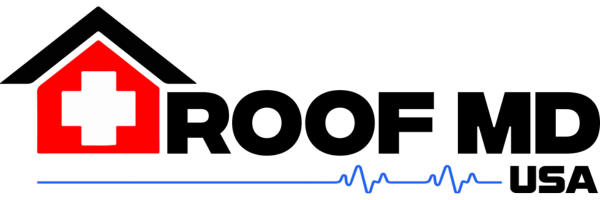A storm can leave more than just the landscape changed; it can wreak havoc on your roof, often in ways you can’t see from the ground. Recognizing and repairing storm damage swiftly is crucial to maintaining the integrity of your home. Let’s embark on a guide to safeguard your sanctuary from the sky.
Initial Steps to Take After a Storm
The immediate aftermath of a storm is a critical time for your roof. Before assessing any possible damage, ensure that it’s safe to go outside. Once confirmed, visually inspect your roof for visible signs of damage such as missing shingles or exposed nails. It’s crucial to document everything, taking photos from various angles for insurance purposes. This is also the moment to cover any visible holes with tarpaulin to prevent water ingress, taking precautionary measures to minimize further damage.
Engaging with your insurance company early can expedite the repair process. Provide them with the photos and descriptions of the damage, along with an inventory of any affected personal items. Consider this the groundwork for your claim; thorough documentation can help ensure a smoother claims process.
Identifying Signs of a Storm-Damaged Roof
Identifying storm damage involves more than just looking for missing tiles. You’ll want to inspect for more subtle signs such as lifted shingles that could indicate underlying damage or water penetration. Check the gutters for shingle granules—a sign of shingle wear.
Inside your home, signs of leaks such as water stains on your ceilings or walls could suggest that the storm compromised your roof. Don’t overlook your attic; it can be the first place where leaks become apparent. Moisture in insulation, mold growth, or beams of light peeking through are clear indicators that repair is necessary.
Safety Considerations for Roof Inspections
Your safety should always be the main priority when inspecting a roof. Use a ladder securely placed on solid ground, and wear non-slip shoes to prevent falls. If you’re unsure about the safety of getting on your roof or if you spot extensive damage, it’s imperative to call in a professional. They are equipped with the necessary safety gear and expertise to thoroughly inspect your roof without risking their safety.
DIY Repair Tips for Minor Roof Damage
For homeowners who are handy and have minor roof damage, DIY repairs can be a cost-effective solution. Replacing a few missing shingles can be relatively straightforward. Ensure you match the shingle type and color as closely as possible to maintain uniformity. When sealing shingles, use a roofing cement to secure them in place properly, preventing future wind uplift.
For small leaks, temporary fixes like roofing cement or waterproof tape can provide a temporary solution until professional repairs can be made. However, always remember that these are temporary fixes and a professional assessment is essential for a lasting solution.
When to Call a Professional Roofing Contractor
Knowing when to call a professional roofing contractor is essential in managing storm damage. Extensive or complex damage, large leaks, structural concerns, or damage that extends beyond the roof should all trigger a call to the experts. Professional roofers have the skills, toolset, and knowledge to assess and repair damage, ensuring your roof is restored to its optimal condition.
Preventing Future Storm Damage to Your Roof
Prevention is key to minimizing future storm damage. Regular roof inspections can identify potential vulnerabilities before they become major issues. Trim overhanging branches to prevent damage from falling limbs, and ensure your gutters and downspouts are clear of debris to prevent water backup. Consider upgrading to impact-resistant shingles if you live in a hail-prone area for added protection.
In regions susceptible to strong winds, securing the edge of your roof with metal flashing can greatly reduce the risk of wind uplift. Additionally, consider speaking with a roofing professional about other preventive measures tailored to your specific location and roof type. Proactive maintenance is instrumental in extending the lifespan of your roof and keeping your home safe.
Safeguarding Your Sanctuary
A storm-damaged roof can be a daunting challenge, but with the right knowledge and resources, it’s a battle you can win. Whether you’re patching up a few shingles or coordinating a complete overhaul with a professional, the key is to act promptly and efficiently. Remember, your roof is your home’s first line of defense against the elements; keeping it in top shape isn’t just about repair, it’s about resilience.


